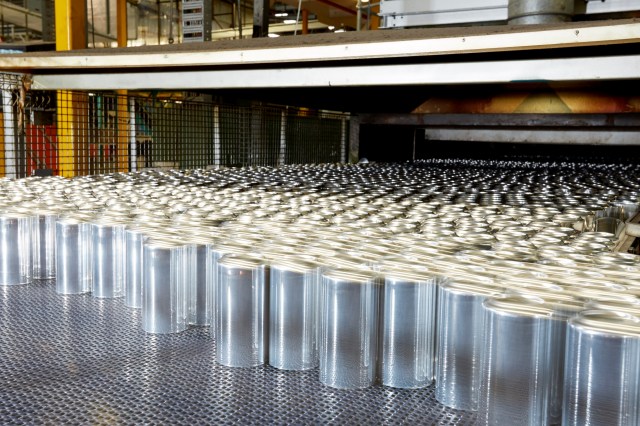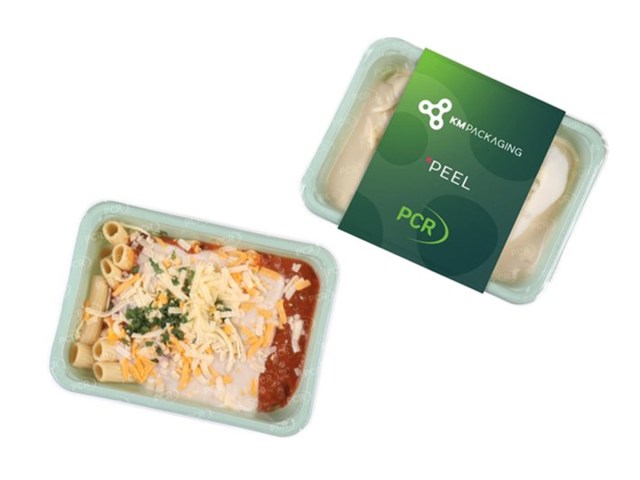
This article first appeared in the February 2025 issue of ProPack.pro, authored by Chris Smith, the executive general manager of Orora Cans.
As a leading manufacturer of sustainable and infinitely recyclable beverage packaging solutions, Orora is fully supportive of the Federal Government’s initiative to successfully reform the Australian packaging industry.
The main objectives of reform – to increase the circularity of packaging materials and reduce waste to landfill – are already central priorities for Orora.
We have already made significant public commitments to increase the recyclability of our products, including a target of 60 per cent recycled glass by the end of this financial year. We have invested heavily in technology and infrastructure to ensure we meet these commitments.
In this sense, Orora fully supports the introduction of mechanisms and targets designed to encourage producers to adopt more sustainable packaging and meet the key objectives of reform.
Reform mechanisms of various models have been introduced in some overseas markets in recent years, which provide some key learnings. Many of these have seen the introduction of mandated recycled content targets, among other mechanisms designed to improve packaging outcomes.
While we support reform, we also know that our market is unique and that there is no ‘one size fits all’ approach. We have identified several key principles that we believe are central to achieving reform goals and to avoid any unintended consequences.
Australia is unique – so we need a unique solution
While Europe provides a leading example with its advanced regulatory frameworks, these standards may not be directly applicable to Australia. To give reform the best chance of success, we need to consider our domestic recycling capabilities, existing infrastructure, and market dynamics.
Any recycled content targets should be phased and align with Australia’s current capabilities and infrastructure.

These should start with achievable short-term goals and gradually increase as the recycling industry matures and benefits from potential investment.
Currently, there are opportunities for further improvement in our collection, sorting, recycling, and reprocessing capabilities. In the beverage market, the primary need is the availability of sufficient quantities of recovered packaging at acceptable quality levels for reprocessing.
While container deposit schemes are the most efficient and effective means of capturing beverage packaging waste, greater investment is needed in the collection packaging through kerbside collections.
Currently, this material flows to Materials Recycling Facilities (MRF) across Australia that may not have yet invested into capability to upcycle materials into usable formats. To this end, we should encourage investment in recycling technologies and infrastructure, and support research and development. So, any set targets should be applied in this context.
A robust monitoring system to track progress towards recycled content targets is also essential. Targets could then be periodically reviewed and adjusted based on industry advancements, market changes, and stakeholder feedback, to ensure ongoing relevance and achievability.
Reform should also reflect regulatory policies that ensure equitable treatment between imports and the domestic industry. This is to prevent any unfair advantages for cheaper imported goods from countries with less stringent packaging and environmental policies.
By considering the unique aspects of the Australian marketplace and setting tailored realistic targets, we can drive sustainable packaging practices that are both practical and effective within the local context.
Mandated targets need to find a balance – particularly for aluminium
Any recycled content targets need to be carefully managed. Firstly, a mandated recycling rate carries a risk of adversely impacting the price of recycled content through increasing demand, which could result in this becoming a maximum recycling rate rather than a differentiation based on recycled content.
This is particularly relevant for aluminium beverage container manufacturers, that face a current absence of domestic aluminium manufacturing and recycling capacity. Mandating recycled content without this critical onshore supply chain element may lead to unintended consequences, such as inflated commodity prices for recycled aluminium.
As the leading can maker in Australia and the Oceania region, Orora places high focus and importance on ensuring we efficiently collect all manufacturing process scrap and hold accountability for the process to ensure this scrap is fully returned to Orora suppliers. This ensures both the ongoing circularity of material and supporting the highest total recycled content from aluminium sheet suppliers.
Reform mechanisms must be carefully assessed to ensure they incentivise the right packaging choices by brand owners without compromising their competitiveness.
A whole of industry approach is critical for reform to succeed in Australia.
Driving long-term, meaningful change should incentivise industry operators to adopt more recyclable substrates and ultimately benefit the industry and most importantly, allow a truly circular Australian industry to thrive.


